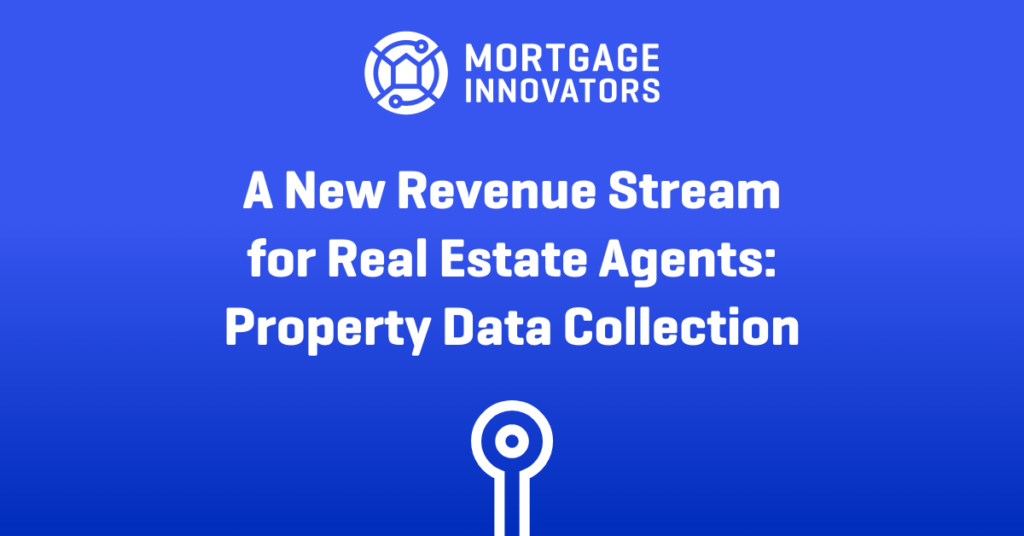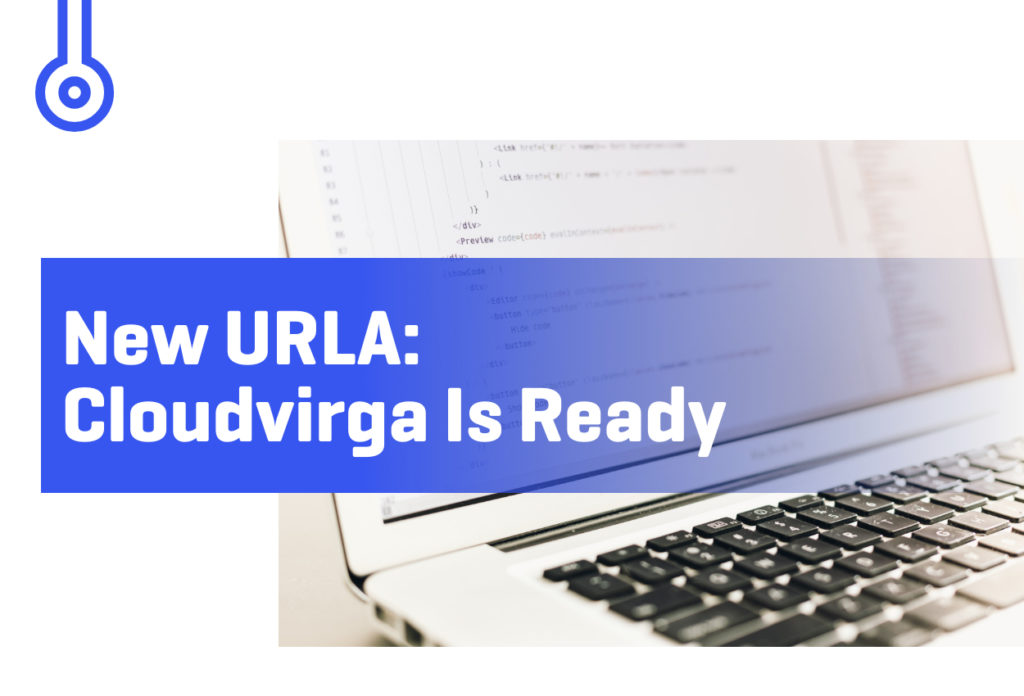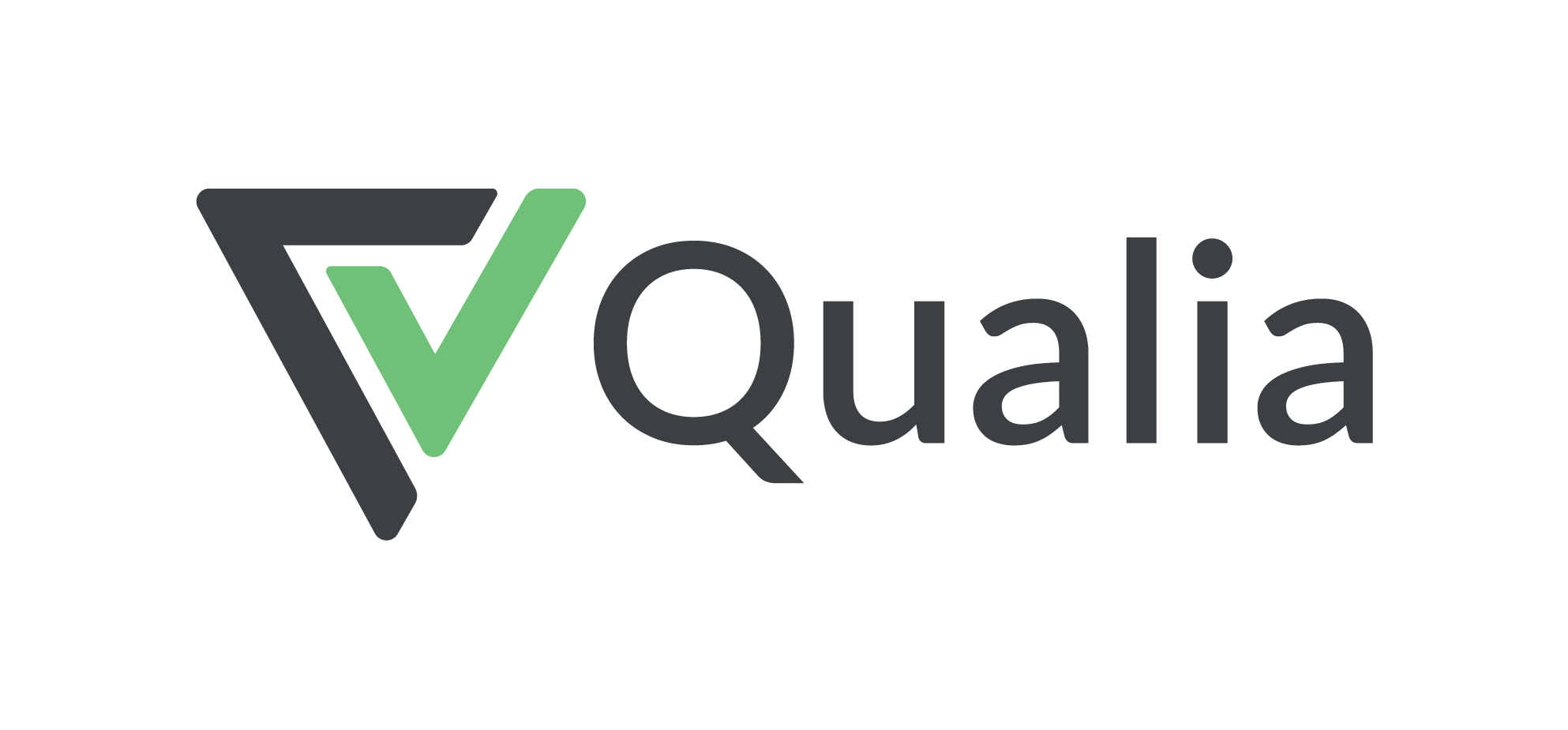Look up the definition of “innovation” in the Merriam-Webster Dictionary:
A new idea, method, or device (novelty); the introduction of something new.
In recent years, but particularly during the 2019-2020 cycle, federal financial services regulators – CFPB, FRB, OCC, FDIC and NCUA – are stepping up efforts to partner with industry stakeholders, technology experts and housing experts to address, through innovation, the chronic disparities in US homeownership between white and minority communities.
US Census Data for 3Q 2020 reported that while the overall rate of home ownership has improved to 67.4% in 2020 compared to 63.5% in 2016, Black and Hispanic households saw negligible improvement compared to White households during that same time period.
| 3Q of Year | US National Average (%) | White Household (%) | Black Household (%) | Hispanic Household (%) |
| 2020 | 67.4 | 75.8 (+8.40) | 46.4 (-21.00) | 50.9 (-16.50) |
| 2019 | 64.8 | 73.4 (+8.60) | 42.7 (-22.10) | 47.8 (-17.00) |
| 2016 | 63.5 | 71.9 (+8.40) | 41.3 (-22.20) | 47.0 (-16.50) |
Home ownership is a primary source of wealth in the US. However, according to published studies by Brookings Institute, Urban League and others, the cost of this wealth gap to the US economy is in the trillions of dollars. The CFPB foresaw this trend among an overall disparity in access to affordable and fair credit programs for minority communities and small businesses back in 2015. In its May 2015 published study on “Credit Invisibles,” the CFPB found 26 million (1 in 10) US adults had no credit record with the nationwide credit bureaus and another 19 million US adults had too little information to be evaluated by a widely used credit scoring model. Based on these findings, the CFPB suggested that the regulatory community combine with financial services industry and consumer protection stakeholders to explore how Artificial Intelligence and Machine Learning used in credit scoring and credit decisioning might expand credit access to this population. At the same time, CFPB stated its hope that AI modeling innovation would increase transparency in credit transactions while raising the level of financial data privacy protections.
Interagency Statement Supporting Innovation in Fair Credit Decisioning
Building off that 2015 study, the CFPB along with FRB, OCC, FDIC and NCUA (collectively, the “Agencies”) published their Interagency Statement supporting use of Alternative Data in Credit Underwriting on December 13, 2019. In it, the Agencies termed “Alternative Data” as information not typically found in consumer credit reports or standard credit applications, but that could reliably predict one’s ability to repay debt obligations. For example, cash flow data drawn from reliable sources like bank account records (for those having a bank account), cell phone and utility bills can be effective in predicting ability to repay debt obligations.
While the Agencies show support in their Interagency Statement for innovating credit decisioning solutions, they caution that alternative data models must be designed, developed, tested and monitored in compliance with relevant consumer protections laws, primarily ECOA, FCRA and UDAAP. After all, alternative data algorithms are built by humans, and the data selected for use can have unintended discriminatory affects for the population it was designed to serve. With that, the Agencies instruct financial services industry stakeholders to develop compliance management programs around alternative credit decisioning models that addresses the risk of compliance with ECOA, FCRA and UDAAP among other laws, and continuously monitor for unintended discriminatory effects on protected borrowers.
For industry stakeholders, this means that a compliance management program must identify which alternative credit decisioning models be used and in what loan programs and then prescribe the controls to be put in place to measure and monitor the quality and suitability of alternative data elements being deployed for each loan product in order to identify and respond appropriately to consumer protection risks. The Interagency Statement points to the Supervisory Guidance on Model Risk Assessment that have been published in recent years by FRB, OCC and FDIC as an outline for creating the compliance management program.










